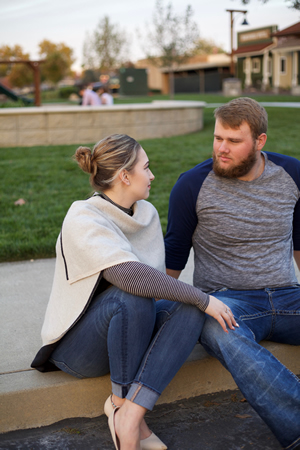There are three types of adoptions.
- Open adoptions
- Closed adoptions
- Semi-open adoptions
Each has different types of contacts during and after an adoption.
 For example, in a closed adoption very little information is shared. What is known is normally through the adoption professional. Your personal information is kept confidential and private and the identities of the adoptive parents are also kept private. Very few adoptions today are closed. It has been shown that closed adoptions can be seen as negative and have long term ramifications to the triad.
For example, in a closed adoption very little information is shared. What is known is normally through the adoption professional. Your personal information is kept confidential and private and the identities of the adoptive parents are also kept private. Very few adoptions today are closed. It has been shown that closed adoptions can be seen as negative and have long term ramifications to the triad.
The next type of adoption is an open adoption. In an open adoption all information is shared and identities of the birth parents and adoptive parents are revealed including full first and last names and home address along with regular texting, emails and in-person meetings. You as birth parents can view adoption profiles of waiting parents that have been screened and you decide who will be the parents of your child. You can meet, spend time together, often a birth mother will invite the adoptive parents to her doctor’s appointments. Ongoing contacts take place during the pregnancy and post placement. Adoptive parents sometimes are invited into the delivery room during the birth. The adoptive family will then be able to take the baby home from the hospital. In most states no temporary care or cradle care is needed. The relationship then can continue from placement on. Some open adoptions include visits, even shared vacations for a few. A private Facebook page can be set up by the adoptive parents to share milestones and photos. Texting, phone calls and emails are common. Good communication and trust are a must in these arrangements.
The next is called a semi-open adoption and usually includes sharing of first names only, state and sometimes city of residence. Often families and birth families share phone calls and emails.
In open adoption, many have shared how that this level of closeness and contact between the parents helps develop a deep trust, bond and security when so much is focused on the best needs of the child.
An agreement can be written up and signed. In some states this agreement isn’t a legal agreement, but rather a moral agreement that over the years might evolve. The best practices in custom adoption agreements is good communication between the parents and remaining in contact with the focus on the best interest of the child. This starts at the very beginning before the child is even born.
Your adoption professional will be able to help guide you, including how much contact, what time of contact and updates, including milestones you would like and when. Being flexible and accommodating to both parties is key. What you want when you are 18 or 20 might look different when you are 30. Keep in mind, that as the child grows and knows his or her birth parents, they may have their own needs and desires for contact.
